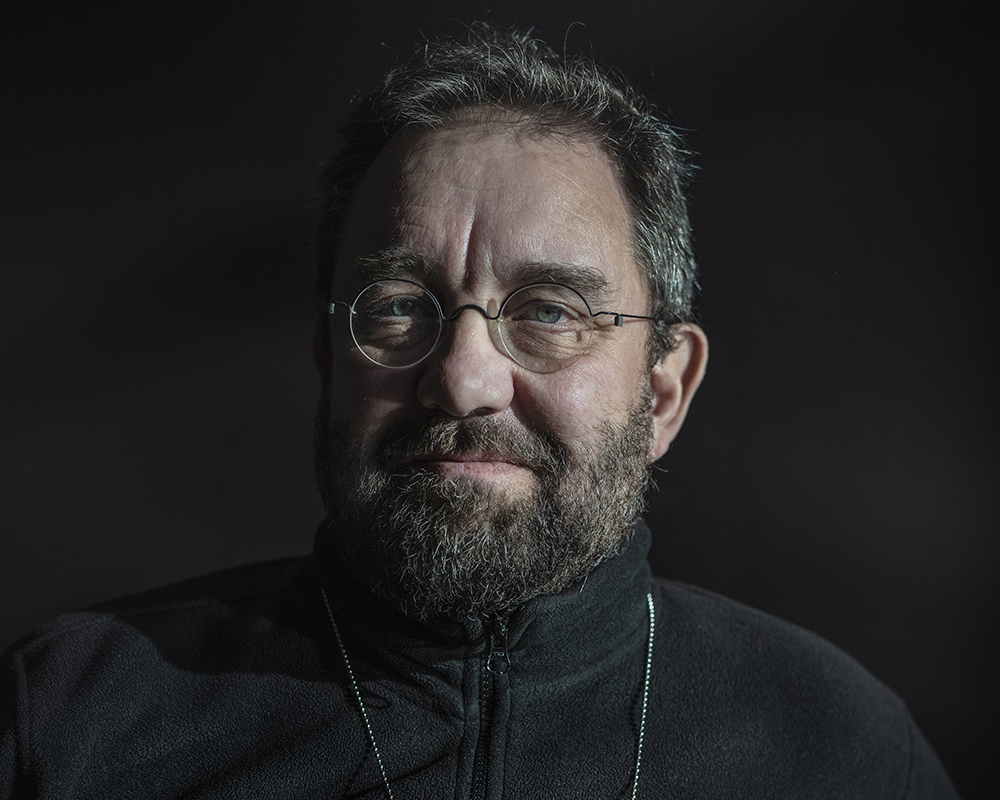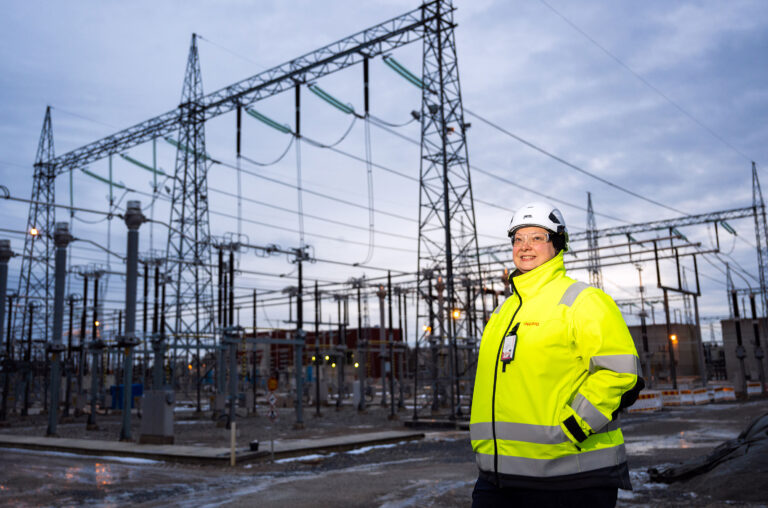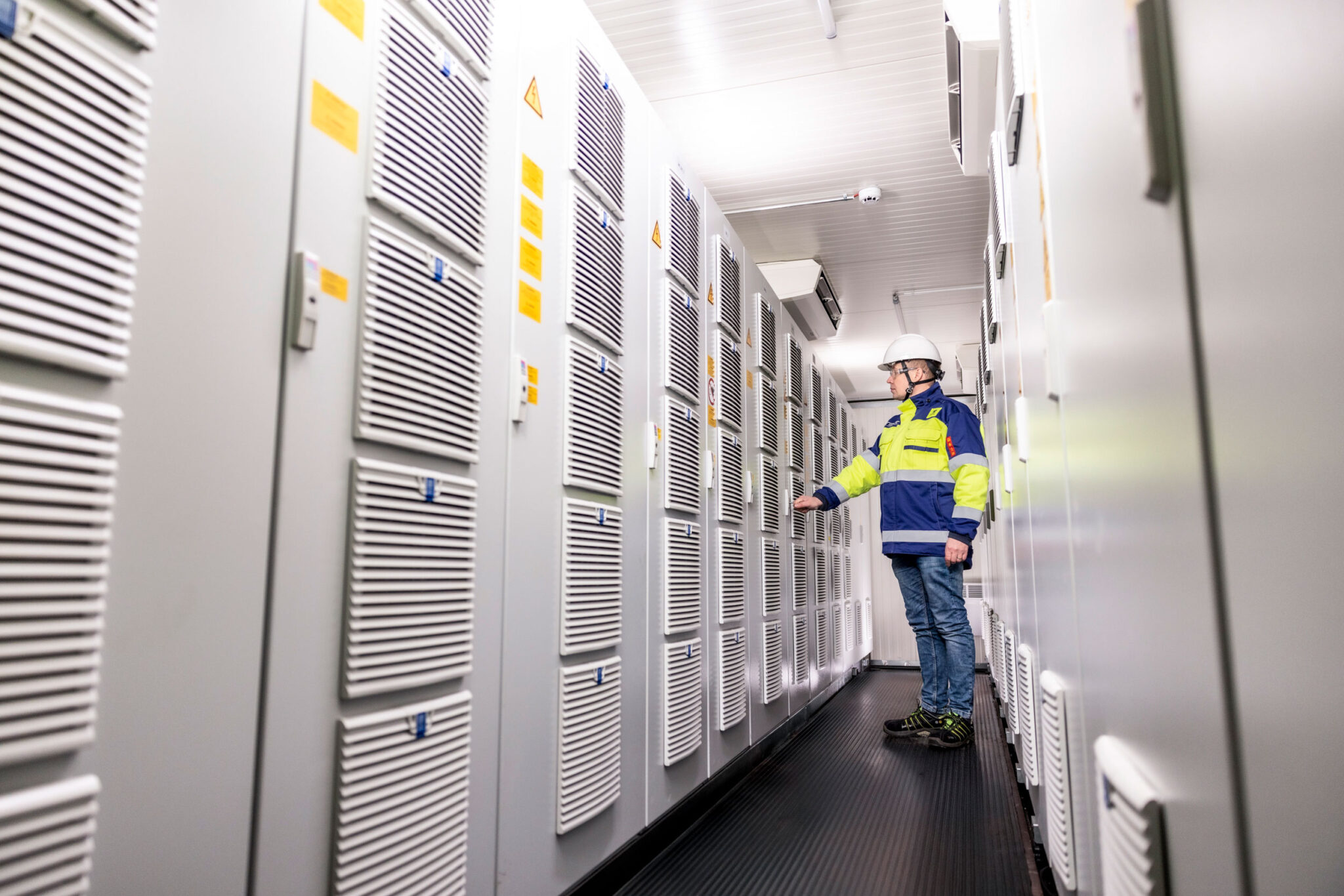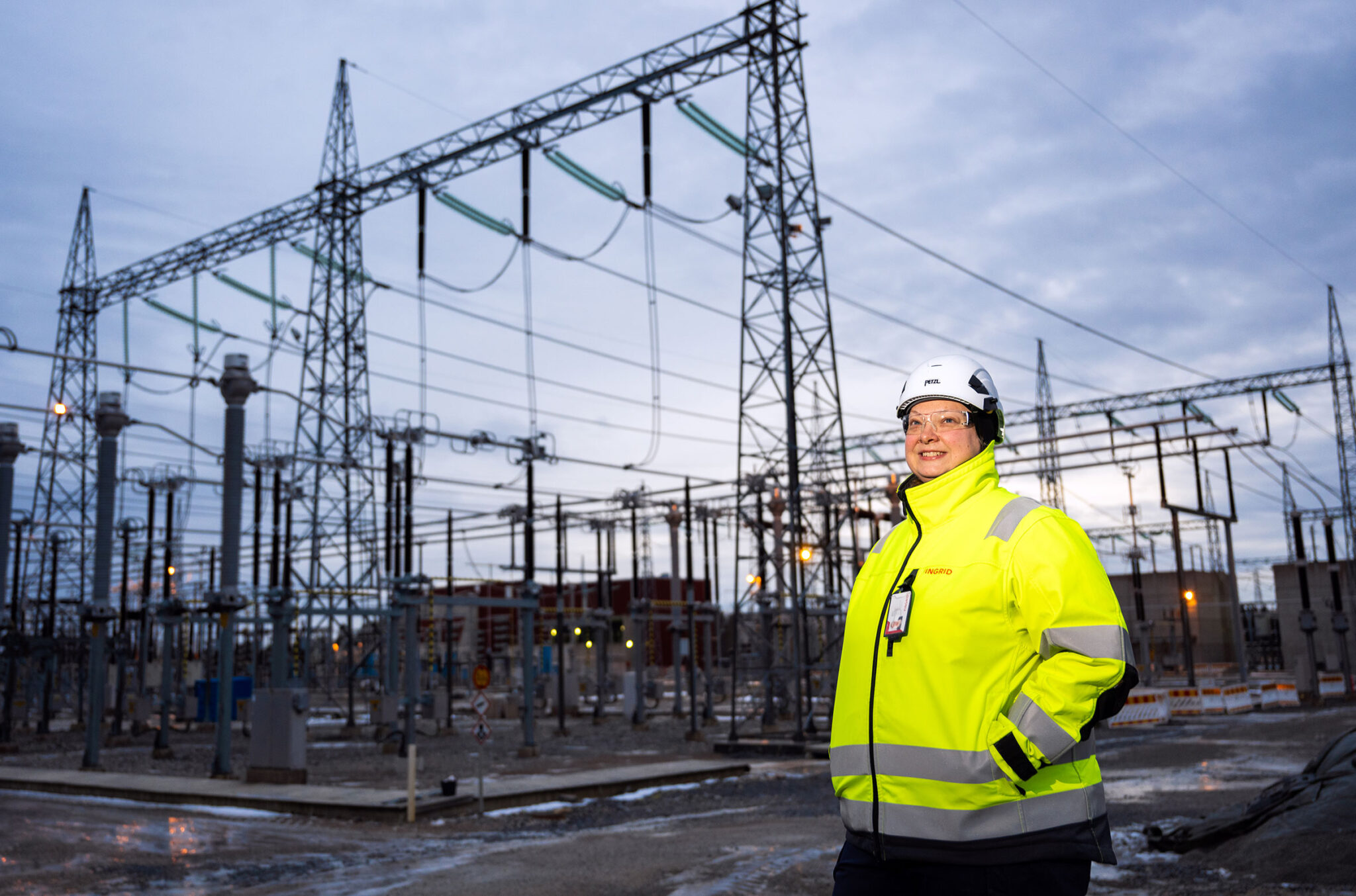 The Safety Investigation Authority investigates all serious accidents and situations where there is a risk of a serious accident in Finland or involving Finnish people. It also investigates irregularities that are not accidents at the request of the Finnish Government. The Authority’s only goal is to improve safety.
The Safety Investigation Authority investigates all serious accidents and situations where there is a risk of a serious accident in Finland or involving Finnish people. It also investigates irregularities that are not accidents at the request of the Finnish Government. The Authority’s only goal is to improve safety.
“We do not get involved in court cases, and we do not give our opinions on who is innocent or guilty. We aim to prevent similar incidents from occurring in the future,” explains Professor Veli-Pekka Nurmi, Director of the Authority.
Rules for rules’ sake
Nurmi said that at the beginning of his career, his attitude was dramatically changed by a colleague who kept his helmet on despite constantly being on the receiving end of nasty comments from other workmates. This indifference to safety on the worksite went all the way to the top of the chain: the management never intervened when people failed to wear helmets although the company’s rules required helmets to be used.
“The helmet rule was just a facade that the employer could use to avoid responsibility in the event of an accident. Unfortunately, many organisations have good rules that are not followed. Other organisations draw up bad or unnecessary rules that are not suited to the work.”
One example of bad safety management comes in the form of the safety management system used by a seaplane company. When an accident occurred, it became apparent that the company’s pilot had never even seen the system. It was also revealed that the safety management system had been made for completely different conditions than the actual conditions in which the company’s aircraft were operated.
“To put it frankly, the company’s management had written the instructions purely for the sake of ticking off a regulatory requirement. What’s more astonishing is that the regulator approved the safety management system.”
People can see errors
Nurmi’s lecture included some practical examples of accidents that were clearly due to negligence. The reason for negligence may be cost-saving measures, employee fatigue or carelessness.
In some cases, health-related matters can lead to serious accidents. This is particularly unfortunate when the health problems are known but are not taken seriously.
“Particularly in small companies, such as one-man companies, people often continue working when they are sick, as their livelihood depends on it. A situation like this led to a very serious traffic accident in 2018.”
In Nurmi’s opinion, human error is not an acceptable reason for an accident.
“The conditions must be managed so that they do not contribute to errors. However, if an error occurs, the system must ensure that it does not lead to disaster. If one person is vigilant, they may be able to prevent another person’s errors.”
A culture of blame does not necessarily promote better safety.
“If the consequence is a punishment, nobody will want to admit to an error or hazard. If an organisation is not capable of recognising its errors, it is also incapable of learning from them.”
The backgrounds of accidents are extensively investigated
The Safety Investigation Act specifies the target of investigations by the Safety Investigation Authority as follows: “The safety investigation examines the course of events, their causes and consequences and the search and rescue actions as well as the actions taken by the authorities.”
In Nurmi’s opinion, the law has been a success because it calls for an extensive investigation into the causes and backgrounds of accidents. The apparent cause may be just the final link in a long chain. The ultimate goal is to prevent similar incidents from recurring.
“Every organisation that aims to improve safety must begin by analysing these things. It is all about management, supervision and inspections.”







